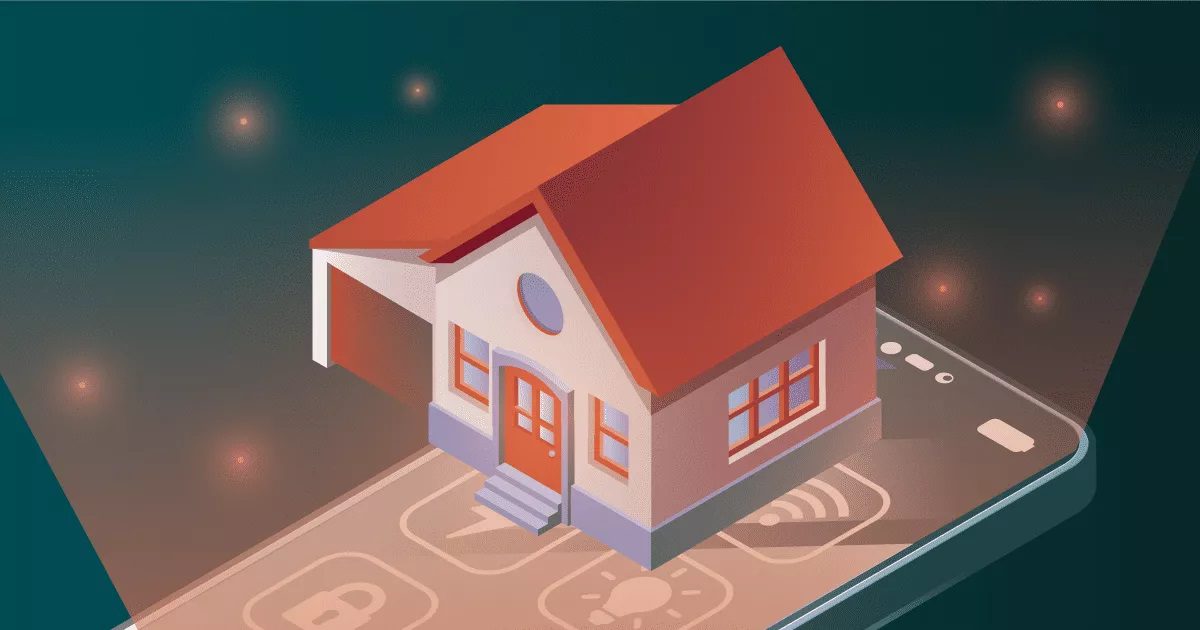How has the market for smart devices evolved in recent years? As modern technology offers ever-increasing levels of convenience and luxury, it should be no surprise that innovators look to improve the home owner’s experience with smart technology. And, as more and more people expect homes to incorporate smart technology, smart homes in general demonstrate a large effect on the real estate market. In fact, seven in ten US households own a smart device while 18 percent own more. In 2021, 349 million smart devices were shipped, and this number is projected to hit 1.77 billion in 2025.
What are the Most Used Smart Devices in the US?
Of the smart devices, 45 percent are used for entertainment, 33 percent are used for security, 21 percent are usage monitors, 15 percent are used for lighting, and 13 percent are appliances. Moreover, some products have higher levels of adoption than others, like audio video devices, wireless speakers, and smart speakers. There are more than 175 million smart homes worldwide, all comprising many different devices and applications.
Millennials and Gen Z are buying many devices per room to modernize their homes. For example, in the living room, 35.6 percent of these young homeowners own smart speakers, 25.7 percent own smart televisions, and 21.5 percent own a smart hub with a screen. These generations have fallen in love with smart home tech, and this trend is only expected to increase.
Young buyers are clamoring for their own piece of the smart home pie as 86 percent of millennials would pay more for a connected home. Meanwhile, 63 percent of people want to own a home with smart security systems and 45 percent of homeowners want their homes to have smart devices.
Why are Younger Generations More Likely to Adopt New Technologies?
94 percent of Gen Z report valuing the convenience of smart home products and Millennials spend the most on smart home technology at $1,226 per year. Additionally, smart technology is cost effective. For instance, smart water heaters can save $4,500 over ten years and smart thermostats can cut HVAC costs by 10 percent each year. In fact, smart light bulbs save $35 per bulb every year. Furthermore, smart homes mean more security. Smart security is the third most popular device category and 17 percent of consumers use smart devices to watch their homes while they are away. Likewise, 16 percent of consumers use smart devices for added protection and security.
In Conclusion
What does the future hold for smart home devices? One can expect to see more mechanical innovations like touchless technology, high speed connections, and greater privacy protections. Different prices and subscription models are also expected to increase. In fact, 51 percent of smart home device buyers believe that prices are too high while 29.5 percent would spend $100 to $249 on a new device and 31.1 percent would pay a monthly smart home subscription fee. As one can see, smart home devices are the way of the future. Learn more about how smart devices will impact your life in the infographic below:








